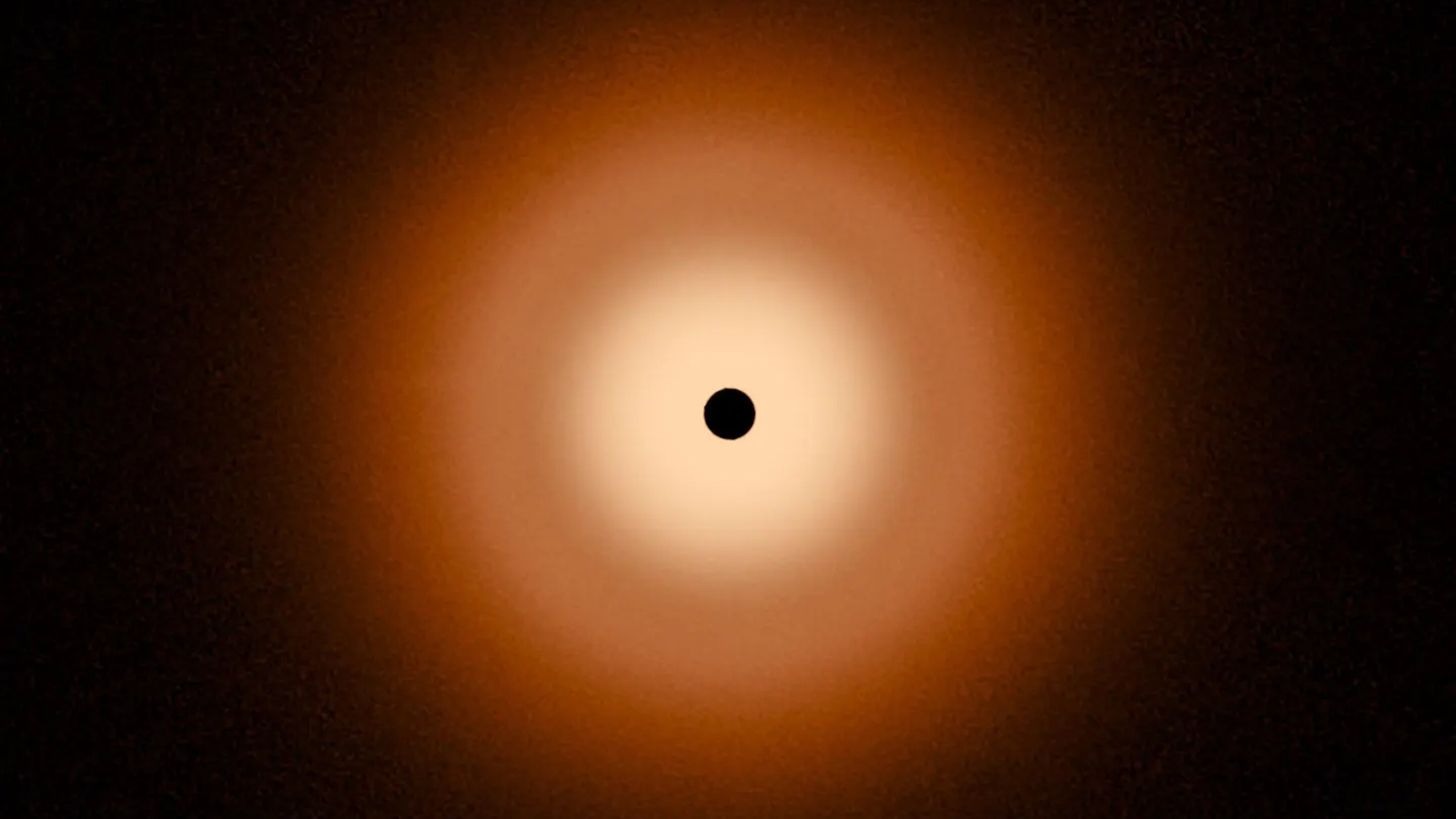Materials, Vol. 16, Pages 4350: Novel Red Phosphor of Gd3+, Sm3+ co-Activated AgxGd((2−x)/3)−0.3−ySmyEu3+0.30☐(1−2x−2y)/3WO4 Scheelites for LED Lighting
Materials doi: 10.3390/ma16124350
Authors: Vladimir A. Morozov Bogdan I. Lazoryak Aleksandra A. Savina Elena G. Khaikina Ivan I. Leonidov Alexey V. Ishchenko Dina V. Deyneko
Gd3+ and Sm3+ co-activation, the effect of cation substitutions and the creation of cation vacancies in the scheelite-type framework are investigated as factors influencing luminescence properties. AgxGd((2−x)/3)−0.3−ySmyEu3+0.3☐(1−2x)/3WO4 (x = 0.50, 0.286, 0.20; y = 0.01, 0.02, 0.03, 0.3) scheelite-type phases (AxGSyE) have been synthesized by a solid-state method. A powder X-ray diffraction study of AxGSyE (x = 0.286, 0.2; y = 0.01, 0.02, 0.03) shows that the crystal structures have an incommensurately modulated character similar to other cation-deficient scheelite-related phases. Luminescence properties have been evaluated under near-ultraviolet (n–UV) light. The photoluminescence excitation spectra of AxGSyE demonstrate the strongest absorption at 395 nm, which matches well with commercially available UV-emitting GaN-based LED chips. Gd3+ and Sm3+ co-activation leads to a notable decreasing intensity of the charge transfer band in comparison with Gd3+ single-doped phases. The main absorption is the 7F0 → 5L6 transition of Eu3+ at 395 nm and the 6H5/2 → 4F7/2 transition of Sm3+ at 405 nm. The photoluminescence emission spectra of all the samples indicate intense red emission due to the 5D0 → 7F2 transition of Eu3+. The intensity of the 5D0 → 7F2 emission increases from ~2 times (x = 0.2, y = 0.01 and x = 0.286, y = 0.02) to ~4 times (x = 0.5, y = 0.01) in the Gd3+ and Sm3+ co-doped samples. The integral emission intensity of Ag0.20Gd0.29Sm0.01Eu0.30WO4 in the red visible spectral range (the 5D0 → 7F2 transition) is higher by ~20% than that of the commercially used red phosphor of Gd2O2S:Eu3+. A thermal quenching study of the luminescence of the Eu3+ emission reveals the influence of the structure of compounds and the Sm3+ concentration on the temperature dependence and behavior of the synthesized crystals. Ag0.286Gd0.252Sm0.02Eu0.30WO4 and Ag0.20Gd0.29Sm0.01Eu0.30WO4, with the incommensurately modulated (3 + 1)D monoclinic structure, are very attractive as near-UV converting phosphors applied as red-emitting phosphors for LEDs.

 1 year ago
23
1 year ago
23


